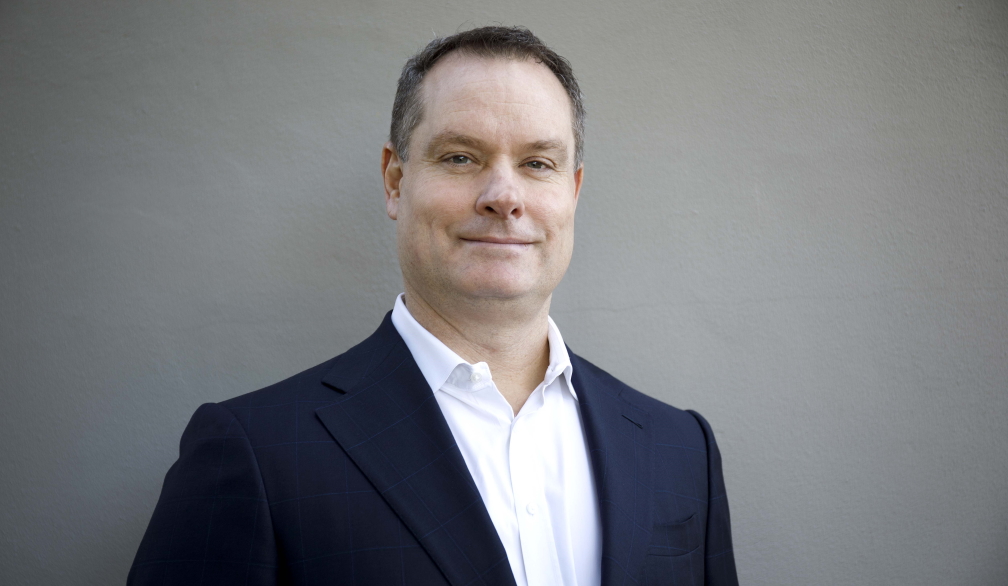The four markers that define Australia’s best-in-class workplaces
- Written by Servicely’s founder and CEO Dion Williams

What is it that has aided one-third of employers not to experience difficulties with recruitment in the current market, writes Servicely’s founder and CEO Dion Williams.
We’re used to living with impatience. The scant few seconds of attention we’ll give a website to load; the (many) trigger points for abandoning an online shopping cart; the two seconds (or less) we’ll wait for a streaming video to start.
Impatience is increasingly common with employment as well.
New hires are back job hunting again sometimes within as little as a few weeks if things don't measure up: if the job turns out different to what was described, if they don’t feel sufficiently connected to the company culture after onboarding, or if the end-to-end experience of hiring and onboarding as a whole was poorly run. Since only 12% of employees rate their onboarding as “great”, you can see where this is going.
There’s a few reasons why new hires are unwilling to sit it out with companies that can’t get recruitment and retention processes right.
The most important reason is, many no longer feel they have to. The Great Resignation showed employees that they don’t have to put up with substandard experiences and working conditions, and that they can simply leave and look elsewhere for workplaces that aim higher.
For many skill types, it’s also an employees’ market. They have many choices and are able to pick and choose employment that aligns with their interests or needs.
Australian Government numbers show 68% of employers have difficulty hiring new people. That’s an extraordinary number, but it also tells you that not all employers are created equal. About one-third of prospective employers do not face recruitment difficulties.
The question organisations in the other cohort should be asking is: “Why?” What is it that the top echelon of Australian companies do better than others when it comes to recruitment and retention of staff?
In short, there are four ‘hero’ experiences that may be viewed as reliable indicators of a workplace that understands how to engage, hire and retain new staff. Knowing and understanding these may be the key to reversing your own recruitment (mis)fortunes.
A personable hiring process
Two years ago, employers practically got away with murder in their recruitment processes. It was commonplace for people eminently qualified on paper to throw their hat in the ring for an advertised role, only to never hear of it again. Even people called into interviews might not hear anything more after that.
This was never good practice, but with power in the recruitment market now turned on its head, it’s especially unfavourable.
Prospective hires take a lot from initial engagements. They want a well-structured and transparent process that allows them to track their progress throughout, preferably with self-serve access. They’re increasingly unwilling to entertain companies that run recruitment processes via email and Excel.
The first mark of success is a digital-first, employee-centric single system to track and manage recruitment. Employers also benefit from this, as they have a single, auditable view of all active hiring processes in train.
A smooth onboarding experience
Onboarding processes for new hires are often jarring. The systems used to manage onboarding are often HR-centric, even though coordination and input from multiple parts of the organisation is needed. IT needs to set up a user identity, a computer, and provision access to systems; facilities need to set up a desk and phone; different parts of the organisation have training that needs to be completed; and the new hire should be greeted with a welcome pack and clear instructions on where and how to begin.
Too often on day one, a new hire starts without everything properly set up. Again, best-in-class employers have a central point where they can manage employee onboarding and coordinate all the ingredients for it seamlessly. Teams can list their new hires and requirements, tasks are then created and assigned, and everything is centrally tracked so that when the new hire arrives, their path to productivity is much smoother.
Upward mobility
Great organisations do not sit still, and neither do their people. These organisations see value in providing employees with a diversity of experiences and opportunities. In the current climate of skills shortages, people internally may be able to move into rapid growth areas in other parts of the organisation if they are afforded a small amount of upskilling or training. Ambitious people are always on the lookout for opportunities; for employers it is best if that need can be met internally.
Best-in-class Australian workplaces are committed to career development. They offer pathways for mobility within the business or group, both domestically and - if they have a regional or global presence - internationally. Career development plans and relocations, even inter-departmental, have a lot of moving pieces. Businesses that do this best make it look easy, again by running it through a single system that can manage the end-to-end process.
End of the road
Top employers know that even if they do everything right, some people may still decide to leave. If that occurs, the exit process should be just as seamless as all parts of the employee journey that preceded it.
Particularly with people working remotely, a structured way to return laptops and phones, lock accounts, and tick off on other exit procedures is important. If onboarding was done properly in a coordinated and auditable way, offboarding should just be the reverse of that, and be relatively simple. A poor exit process can open a business up to security risks such as accounts that remain active, despite the person leaving.
The lesson here is that employers that start well, also finish well. Process and workflow-oriented employers are the least likely to run into recruitment and retention difficulties in the current climate.







